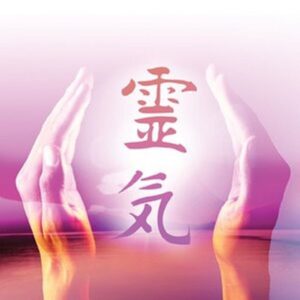- 0427 524 029
- Contact Us
 Reiki is a non-invasive, gentle, yet powerful method of healing.
Reiki is a non-invasive, gentle, yet powerful method of healing.
Reiki energy (often described as “universal life energy” or “spiritual energy”) is accessed by the practitioner during a treatment. It enhances the body’s natural healing ability and promotes wellbeing.
Reiki treatment stands on its own as a healing practice and is also safely used to support orthodox and complementary medicine. Reiki doesn’t interfere with or diminish the intended effects of other health or medical practices.
Reiki treatments are increasingly accepted in health and community care facilities including hospitals, hospices and cancer support units. For example, at the SolarisCare Cancer Support Centre at Sir Charles Gairdner Hospital in Perth, Reiki is the most accessed complementary health treatment for cancer and leukaemia patients. Many patients report significant improvements in their level of pain, fatigue, nausea and breathing.
What happens during a Reiki session?
During a Reiki Treatment, the practitioner is a “hollow reed”, drawing Reiki energy from the universe, so that the person being treated can use this energy for their highest good. The practitioner places their hands on or above different parts of the body (in the aura), and the recipient draws what they need to clear energetic blocks in their body or energy field, to speed up their healing and return them to a state of balance.
The person being treated draws what they need through the Reiki Channel for their highest good, to promote healing on all levels- mental, physical, emotional and spiritual.
During a treatment, recipients may feel warmth, coolness, tingling, magnetic sensations, or a number of different things, but rest assured, Reiki can do no harm. It aims at bringing the person back to a state of harmony, balance and wholeness.
At the end of the session, both the practitioner and recipient will generally feel relaxed and calm and feel a wonderful sense of well-being.